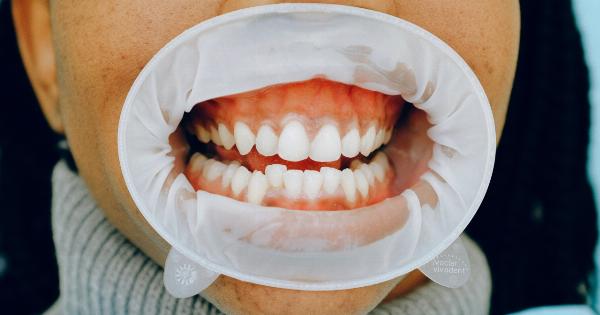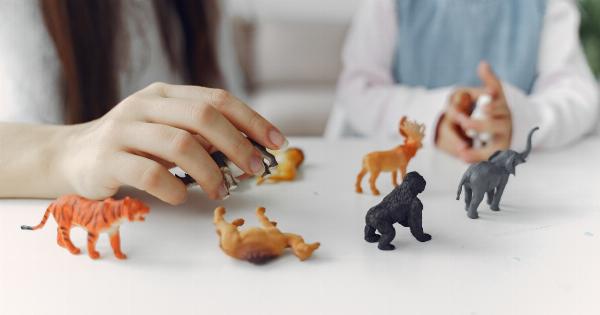Teeth are an essential part of the human body. They help us chew our food and give us that sparkling smile that we all love. However, as we age, our teeth can start to shift, which can lead to a variety of dental problems.
Detecting shifting teeth is essential to prevent further complications and maintain good oral hygiene. Here are some ways to tell if your teeth are shifting:.
1. Uneven Bite
If you notice that your bite is uneven, it’s an indication that your teeth are shifting. An uneven bite can make it challenging to chew food or close your mouth entirely. You may also experience jaw pain or discomfort.
An uneven bite can also lead to gum problems, jawbone damage, and other dental issues.
2. Gaps in Teeth
If you notice gaps or spaces between your teeth, it may be a sign that your teeth are shifting. Spaces between teeth can cause food debris to accumulate, leading to tooth decay.
Left untreated, gaps in teeth can also cause the surrounding teeth to shift, leading to further dental problems.
3. Crowded Teeth
If your teeth become crowded, it may be a sign that they are shifting. Crowding occurs when there is a lack of space in your mouth for teeth to grow, causing them to overlap.
Crowded teeth can make it challenging to brush and floss, which can lead to tooth decay and gum disease.
4. Loose Teeth
Loose teeth are a common sign of shifting teeth, especially if you have no history of gum disease or injury. Your teeth may feel wobbly or loose to the touch, and you may also experience pain or discomfort when eating or speaking.
Loose teeth should be addressed immediately to prevent further dental problems.
5. Changes in Your Bite
If you notice changes in your bite, it may be a sign that your teeth are shifting. Your bite may feel different, and you may experience difficulty chewing or closing your mouth entirely.
Changes in your bite can lead to other dental problems, such as gum disease and tooth decay, making it essential to address them promptly.
6. Pain or Discomfort
If you experience pain or discomfort when biting down, it may be a sign that your teeth are shifting. Pain or discomfort can indicate that your teeth are putting too much pressure on your gums or the surrounding teeth.
Ignoring this pain can lead to further dental problems, including tooth decay and gum disease.
7. Abnormal Wear and Tear
Wear and tear are normal occurrences in teeth, but if they are excessive or abnormal, it may be a sign that your teeth are shifting. Abnormal wear and tear can cause sensitivity, pain, and discomfort when eating or drinking.
It can also lead to other dental problems, such as tooth decay and gum disease.
8. Changes in Speech
If you notice changes in your speech, it may be a sign that your teeth are shifting. Changes in speech can indicate that your teeth are putting too much pressure on your gums or the surrounding teeth, leading to discomfort and pain.
Ignoring changes in speech can lead to further dental problems, including gum disease and tooth decay.
9. Inflamed Gums
If your gums become inflamed, it may be a sign that your teeth are shifting. Inflamed gums can cause discomfort, pain, and bleeding. Left untreated, inflamed gums can lead to gum disease and other dental problems.
10. Appearance of Teeth
If you notice changes in the appearance of your teeth, it may be a sign that they are shifting. Teeth that once looked straight may appear crooked or misaligned.
Changes in tooth appearance can also indicate the presence of other dental problems, such as tooth decay or gum disease.
Conclusion
Detecting shifting teeth is essential to prevent further dental problems. If you notice any of the above signs, it’s essential to consult your dentist immediately.
Early detection can lead to prompt treatment, helping to prevent further dental problems.





















